Phlox Vs. Thrift Plants: Why Is Phlox Called Thrift And What Is Thrift
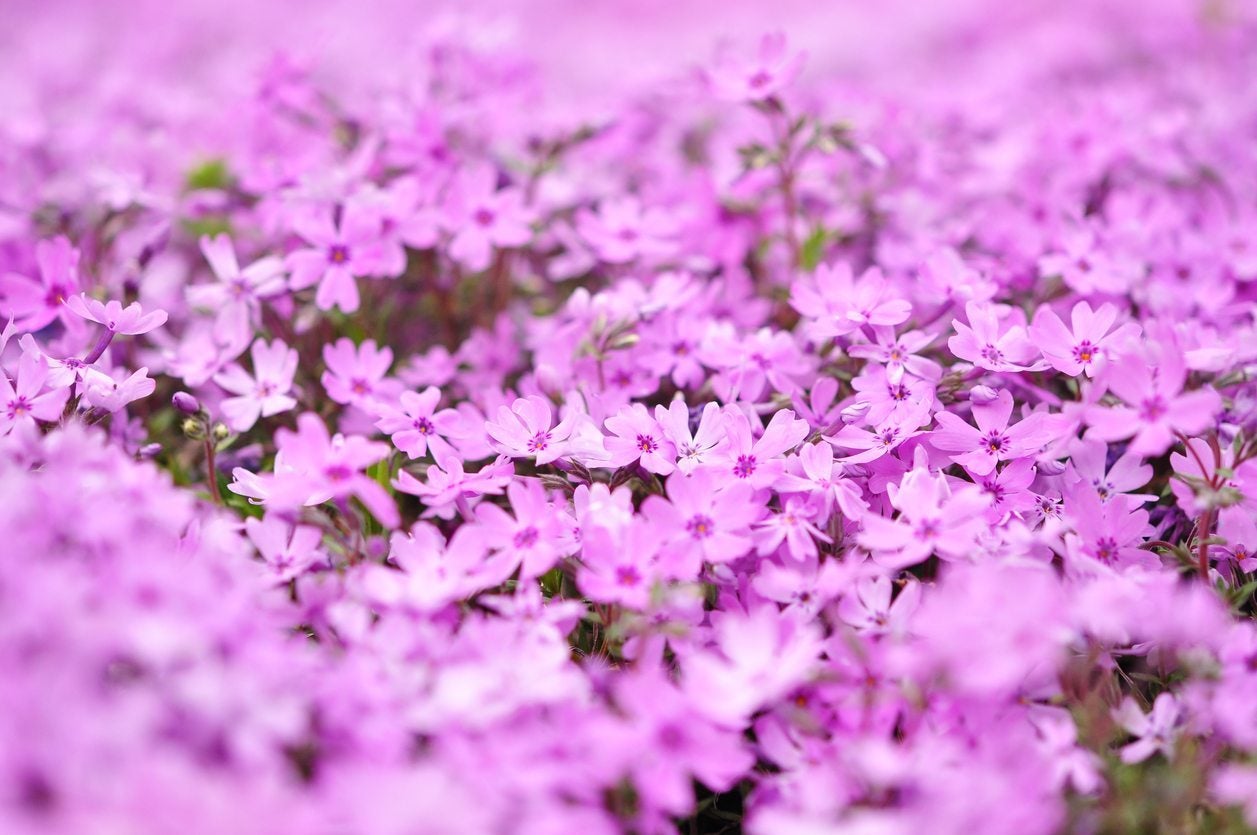

Plant names can be the source of a lot of confusion. It’s not at all uncommon for two completely different plants to go by the same common name, which can lead to some real problems when you’re trying to research care and growing conditions. One such naming debacle is the one involving thrift. What is thrift, exactly? Just why is phlox called thrift, but only sometimes? Keep reading to learn more about the difference between thrift and phlox plants.
Phlox vs. Thrift Plants
Is thrift a kind of phlox? Yes and no. Unfortunately, there are two completely different plants that go by the name “thrift.” You guessed it, one of them is a kind of phlox. Phlox subulata, known as creeping phlox or moss phlox, is also frequently called “thrift.” This plant is a true member of the phlox family. Especially popular in the southeastern U.S., it is actually hardy in USDA zones 2 through 9. It is a low growing, creeping perennial that is frequently used for groundcover. It produces lots of small, brightly colored flowers in shades of pink, red, white, purple, and red. It does best in rich, moist, slightly alkaline soils, and can tolerate shade. So, what is thrift then? The other plant that goes by the name “thrift” is Armeria, and it’s actually a genus of plants that are in no way related to phlox. Some popular species include Armeria juniperifolia (juniper-leaved thrift) and Armeria maritima (sea thrift). Rather than the low growing, creeping habit of their namesake, these plants grow in compact, grassy mounds. They prefer drier, well-drained soil and full sun. They have high salt tolerance and do well in coastal regions.
Why is Phlox Called Thrift?
It’s hard to tell sometimes how two very different plants can wind up with the same name. Language is a funny thing, particularly when regional plants that were named hundreds of years ago finally meet each other on the internet, where so much information is so easily mixed. If you’re thinking of growing something called thrift, take a look at its growing habit (or better yet, its scientific Latin name) to deduce which thrift it is you’re actually dealing with.
Gardening tips, videos, info and more delivered right to your inbox!
Sign up for the Gardening Know How newsletter today and receive a free copy of our e-book "How to Grow Delicious Tomatoes".

The only child of a horticulturist and an English teacher, Liz Baessler was destined to become a gardening editor. She has been with Gardening Know how since 2015, and a Senior Editor since 2020. She holds a BA in English from Brandeis University and an MA in English from the University of Geneva, Switzerland. After years of gardening in containers and community garden plots, she finally has a backyard of her own, which she is systematically filling with vegetables and flowers.
-
 Looking For Plants To Give You The Soft And Fuzzies? Try These 5 Fuzzy Leaf Plant Options
Looking For Plants To Give You The Soft And Fuzzies? Try These 5 Fuzzy Leaf Plant OptionsLovers of texture, drama, silver foliage and tactile plants will adore these special sensory garden additions. These fuzzy leaf plant options will leave you all aglow
By Susan Albert
-
 Get Ready For A Summer Of Hummers! Grow These Full Sun Hummingbird Plants and Flowers
Get Ready For A Summer Of Hummers! Grow These Full Sun Hummingbird Plants and FlowersIf you’re lucky enough to enjoy a sunny backyard, make sure you are maxing out on your pollinator opportunities and grow these full sun hummingbird plants and flowers
By Tonya Barnett
-
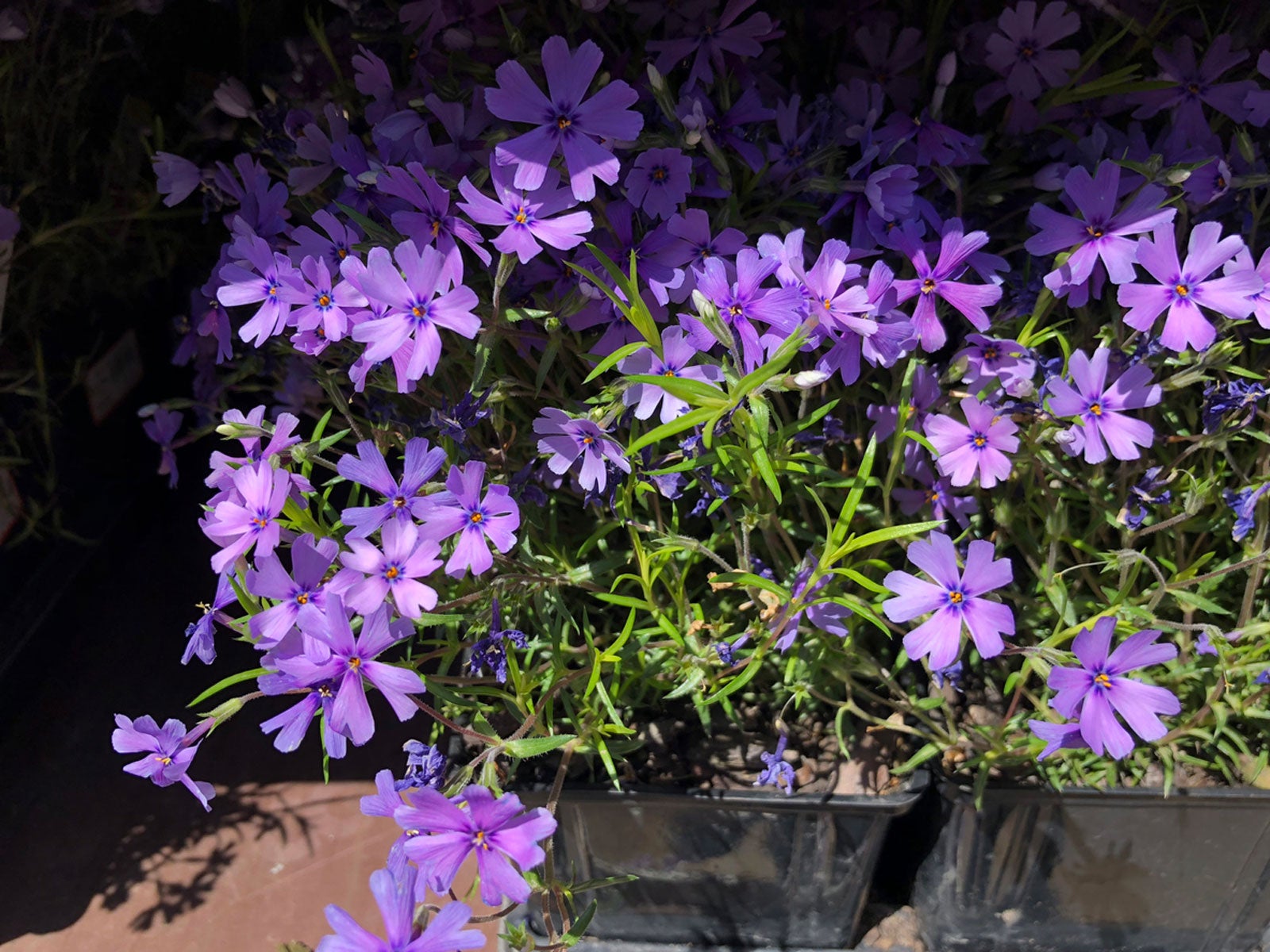 Container Grown Phlox Plants – How To Grow Creeping Phlox In Pots
Container Grown Phlox Plants – How To Grow Creeping Phlox In PotsCurious about growing creeping phlox in a container? This fast-growing plant will soon fill a container or hanging basket and have flowers cascading over the rim. For more about growing creeping phlox in pots, click the following article.
By Mary H. Dyer
-
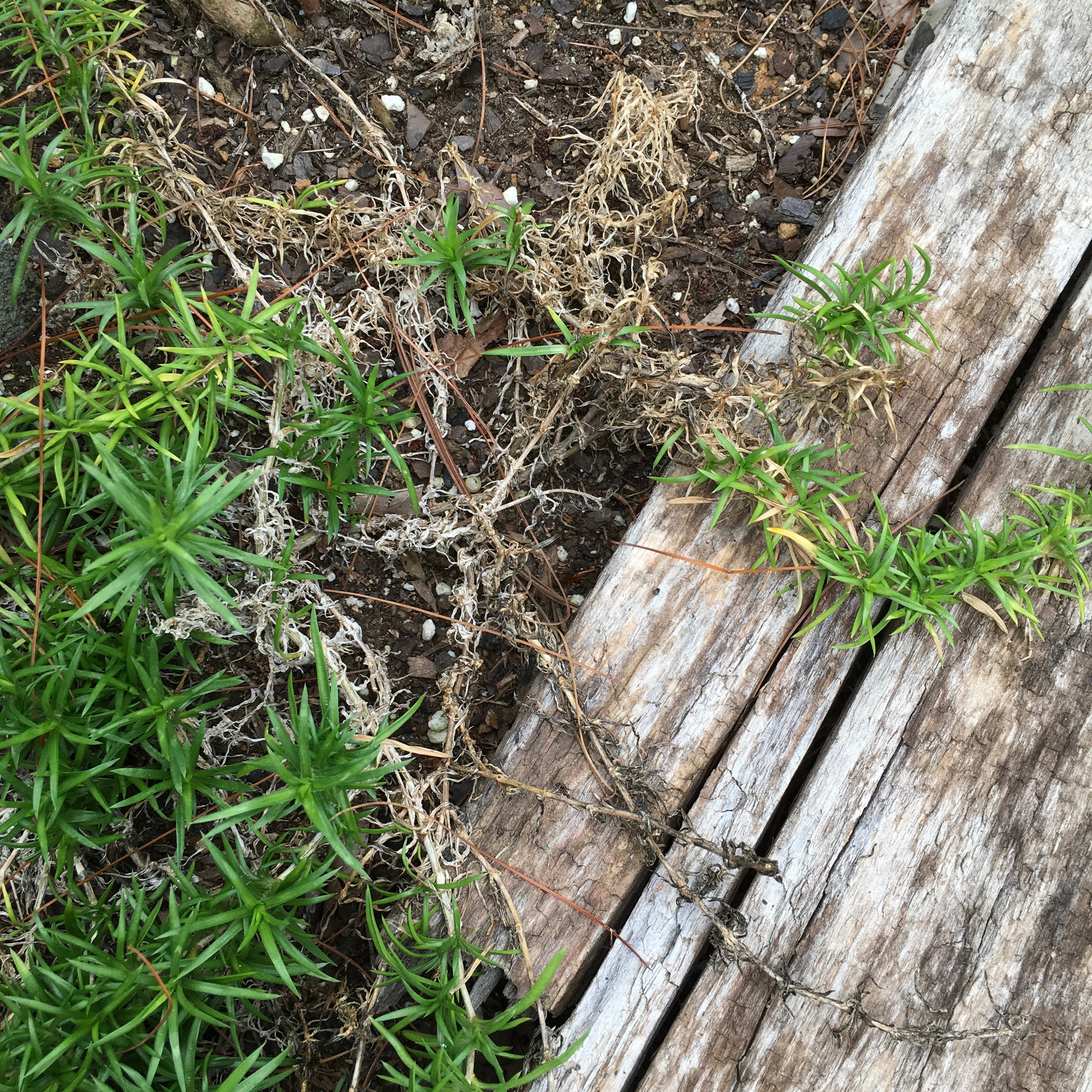 Managing Dried Out Phlox Plants: Why Is My Phlox Yellow And Dry
Managing Dried Out Phlox Plants: Why Is My Phlox Yellow And DryBoth creeping phlox and tall garden phlox are favorites in flower beds. Unfortunately, both types can be prone to diseases and pests that can discourage gardeners from growing the charming plants. In this article, we will discuss reasons for phlox yellowing and drying out.
By Darcy Larum
-
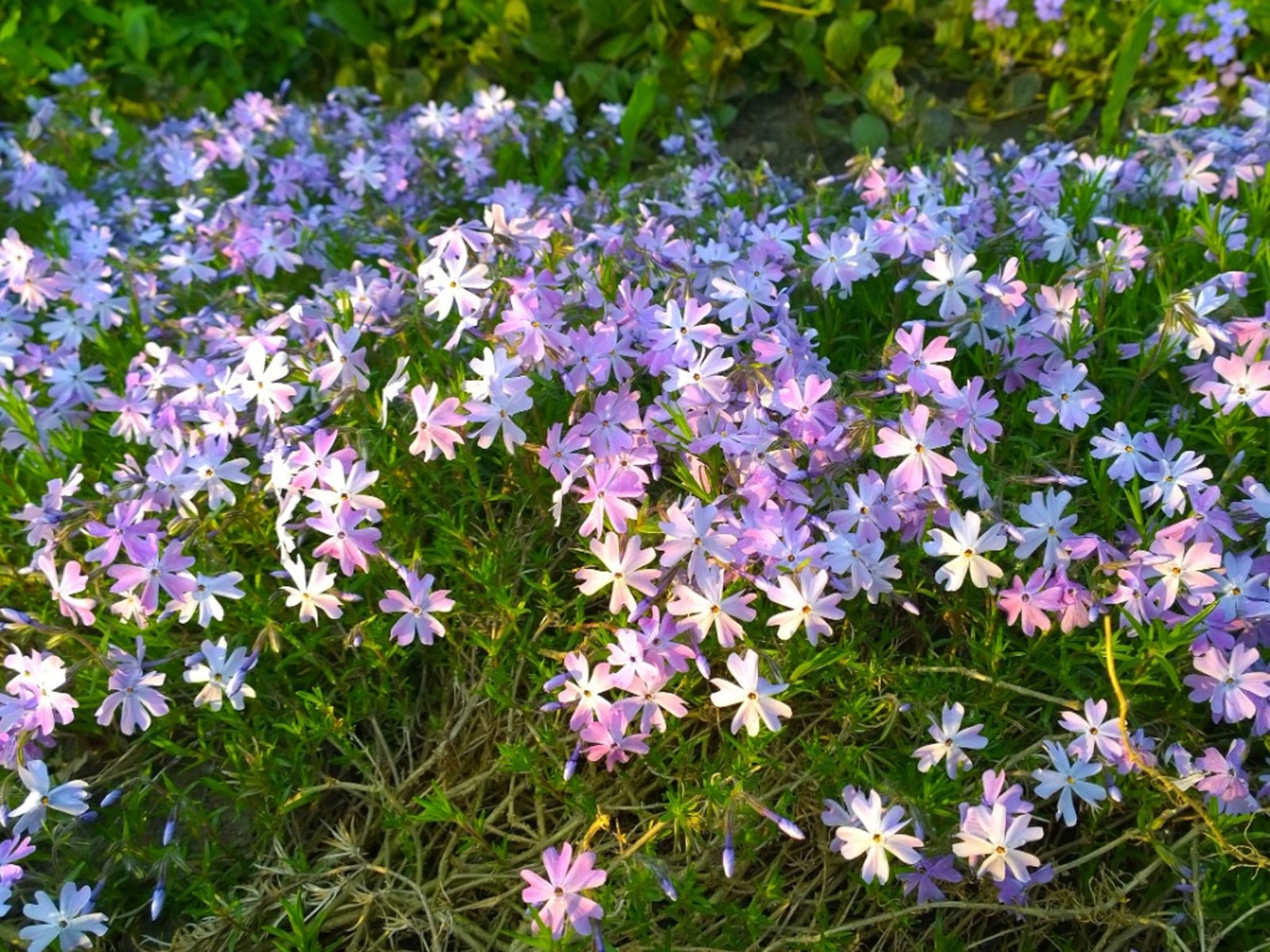 Rotting Creeping Phlox Plants: Managing Black Rot On Creeping Phlox
Rotting Creeping Phlox Plants: Managing Black Rot On Creeping PhloxBlack rot on creeping phlox is a major problem for greenhouse plants, but this destructive fungal disease can also afflict plants in the garden. Early identification and treatment are critical for managing the disease. This article can help with both.
By Mary H. Dyer
-
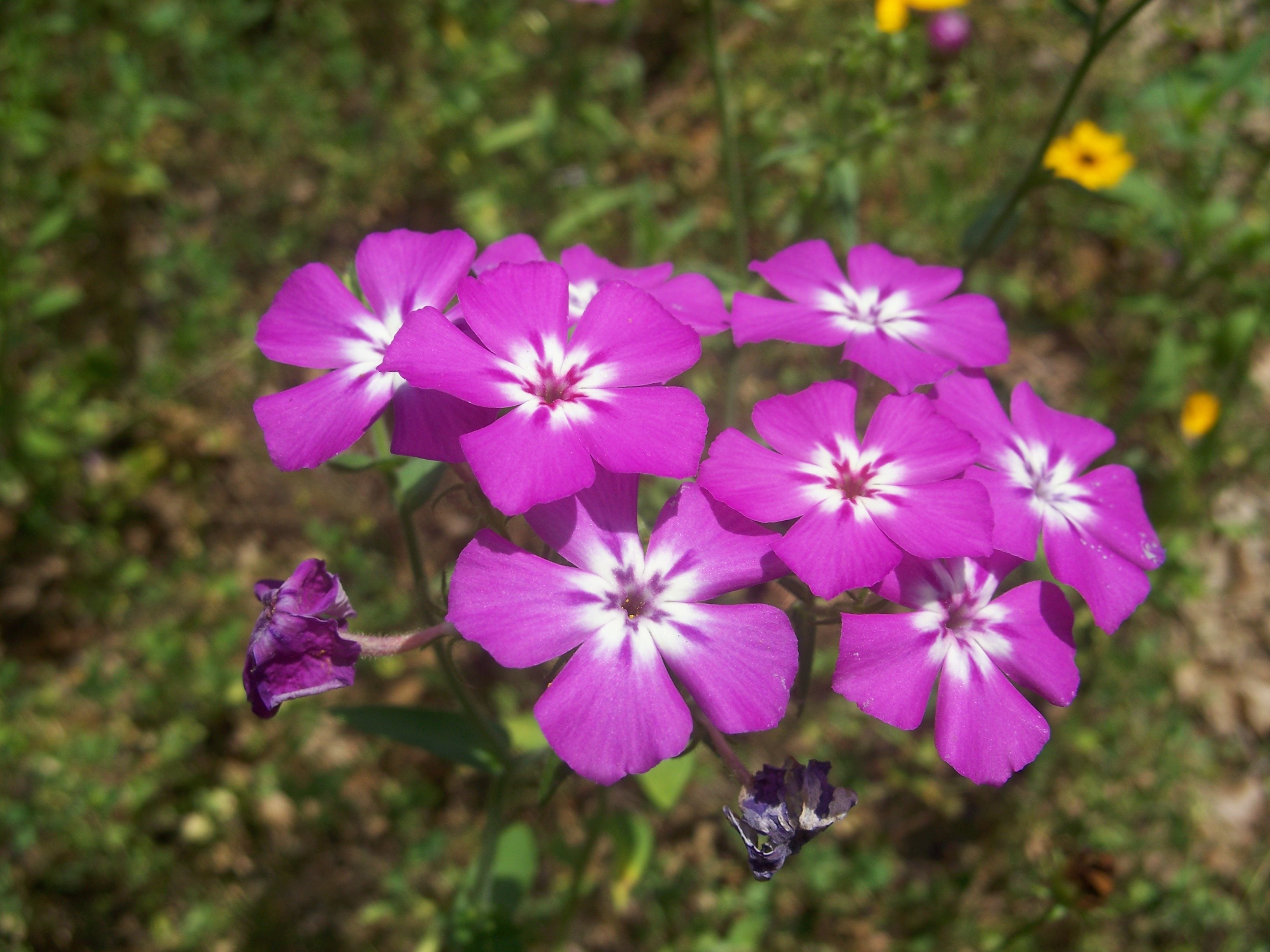 Drummond's Phlox Plants: Tips For Annual Phlox Care In Gardens
Drummond's Phlox Plants: Tips For Annual Phlox Care In GardensDrummond's phlox plants also provide a heady scent combined with deeply scarlet blooms. Try growing Drummond's phlox in flower beds, containers or as part of a border. Their bright beauty and ease of care make them a winning specimen. Learn more here.
By Bonnie L. Grant
-
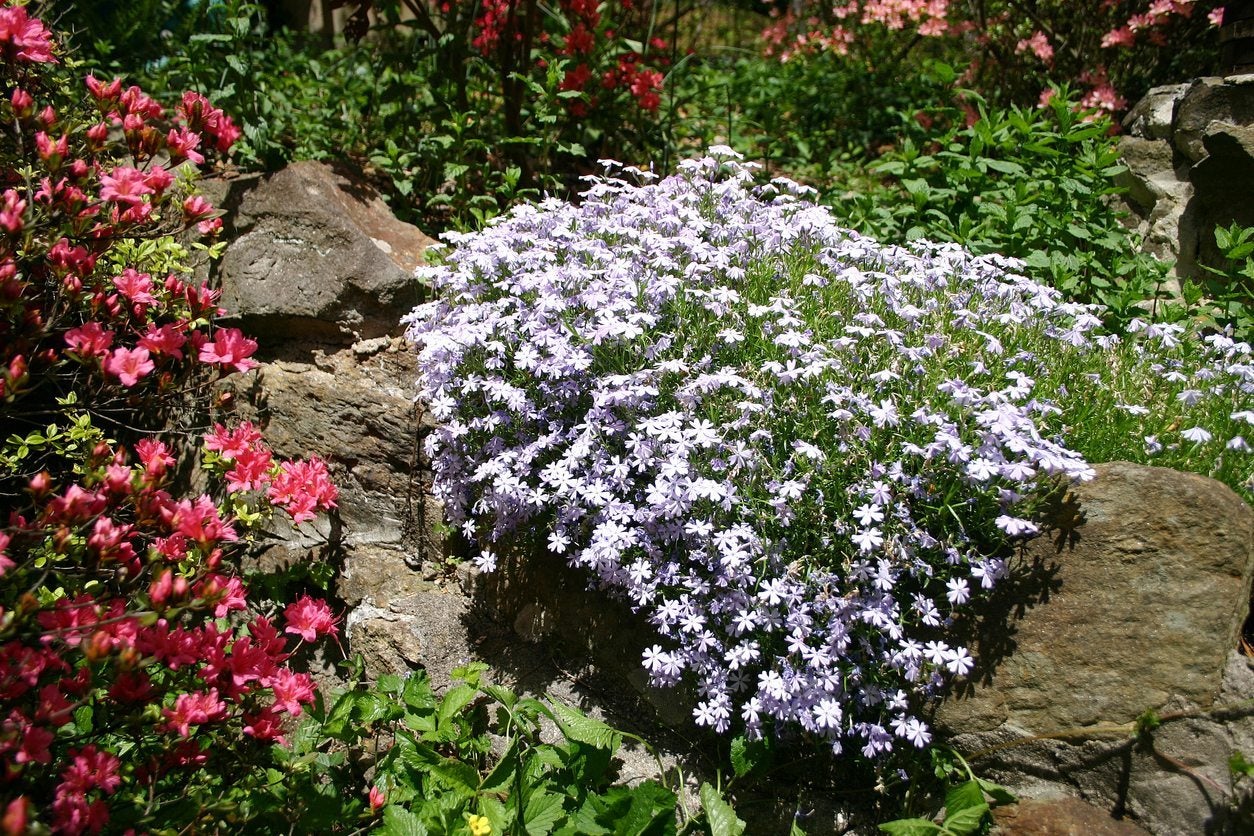 Taking Creeping Phlox Cuttings: How To Grow Creeping Phlox From Cuttings
Taking Creeping Phlox Cuttings: How To Grow Creeping Phlox From CuttingsCreeping phlox cuttings root after a few months, readily providing new plants almost effortlessly. Timing is everything when taking creeping phlox cuttings. Learn how to take cuttings from creeping phlox and when to do it for maximum success here.
By Bonnie L. Grant
-
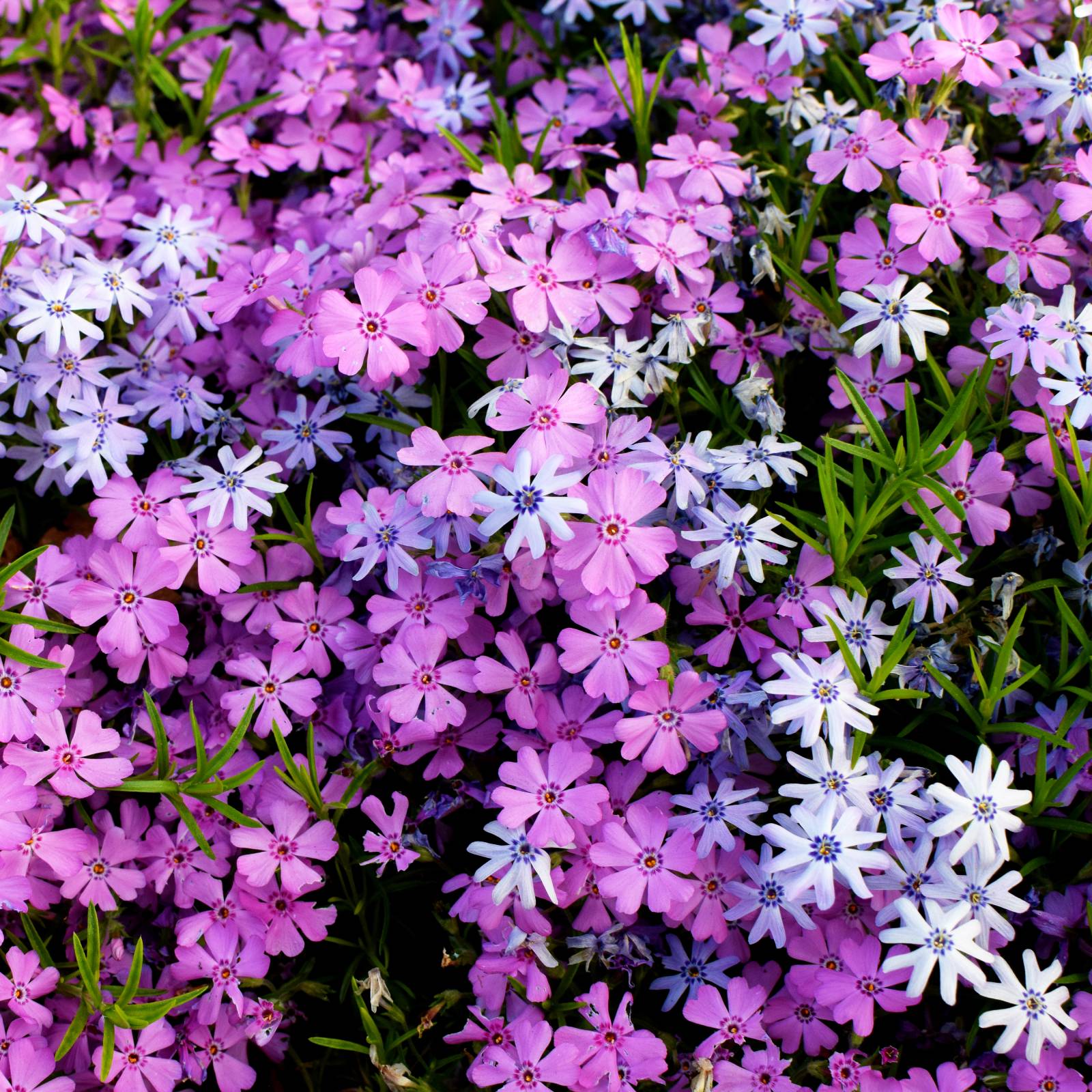 How To Care For Creeping Phlox And Get Cheerful Spring Blooms Year After Year
How To Care For Creeping Phlox And Get Cheerful Spring Blooms Year After YearCreeping phlox and its pastel blooms are a surefire sign spring is here! Learn how to grow this gorgeous ground cover and enjoy its flowers for years to come.
By Tonya Barnett